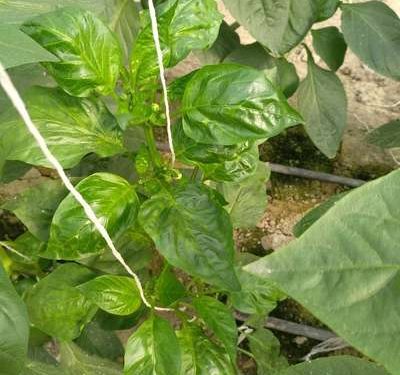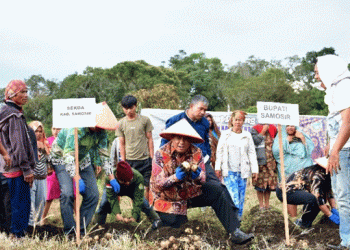Potato cultivation is a major industry worldwide, but it is constantly threatened by various diseases, including viral infections. One of the most concerning viruses that infect potatoes is Potato Virus Q (PVQ). This article aims to discuss the symptoms, transmission, and management strategies of PVQ based on the latest data from reputable sources.
PVQ is a member of the Potyvirus genus and is characterized by its filamentous particles. Symptoms of PVQ infection in potato plants include mosaic patterns on the leaves, stunted growth, and reduced yields. PVQ is primarily transmitted through contaminated seed tubers, but can also be spread through mechanical transmission or by aphids.
To prevent the spread of PVQ, it is recommended to plant virus-free seed tubers, practice crop rotation, and eliminate weeds that may harbor aphids. Additionally, farmers should avoid using tools or equipment that have been in contact with infected plants. If PVQ is detected in a potato field, it is important to remove and destroy infected plants and to avoid replanting potatoes in that area for at least three years.
In conclusion, PVQ is a serious threat to potato production, and it is crucial for farmers, agronomists, agricultural engineers, and scientists to be aware of the symptoms, transmission, and management strategies of this virus. By implementing proper management practices, it is possible to reduce the impact of PVQ and protect potato crops.
#PotatoVirusQ #PVQ #PotatoDisease #PotatoProduction #CropManagement








